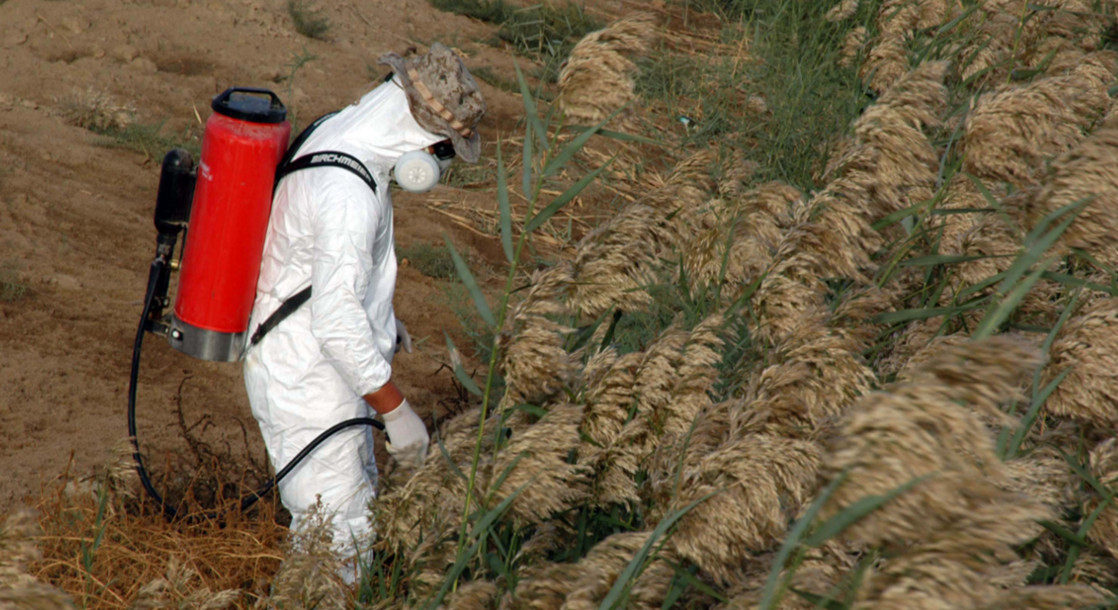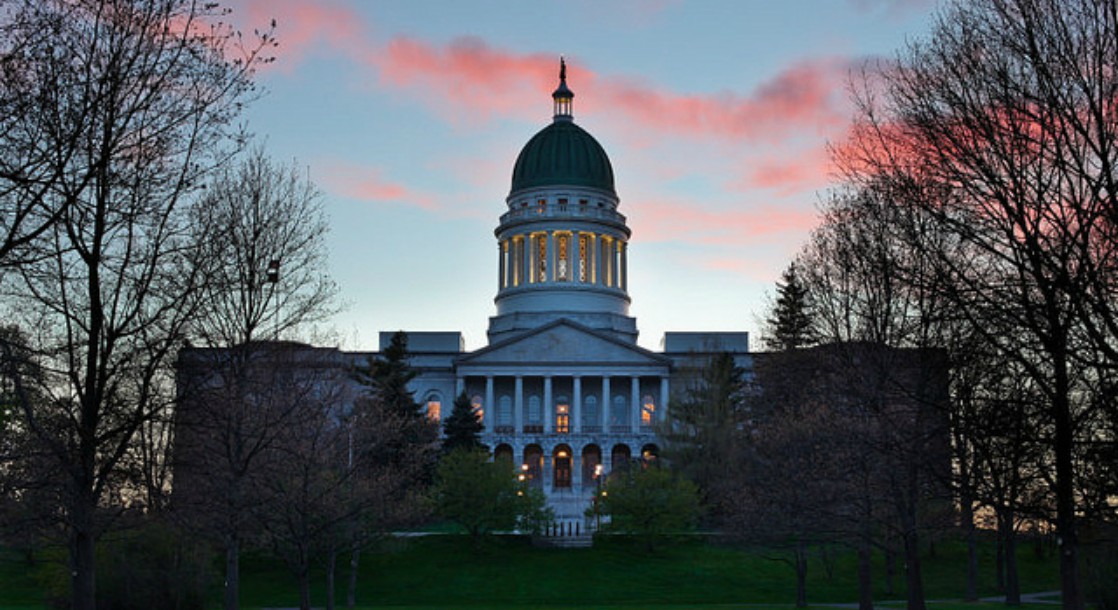Image via Wikimedia Commons
New information released by the Environmental Protection Agency (EPA) has revealed that although the agency recently denied canna-legal states' requests to approve pesticides for use on canabis, officials may be open to allowing these same pesticides to be used on industrial hemp, reports Marijuana Moment. This June, officials in California, Washington, Nevada, and Vermont applied to the EPA to register four new pesticides created specifically for cannabis crops, but all were denied.
EPA Administrator Scott Pruitt wrote a letter to these four states explaining that he denied their requests because marijuana is still a federally prohibited drug. “Under federal law, cultivation (along with sale and use) of cannabis is generally unlawful as a schedule I controlled substance under the Controlled Substances Act,” Pruitt wrote to officials in Nevada. “The EPA finds that the general illegality of cannabis cultivation makes pesticide use on cannabis a fundamentally different use pattern.”
The Nevada Department of Agriculture argued that their request should be granted because federal law allows states to register new uses of federally-approved pesticides to address special local needs (SLNs). Pruitt disagreed, writing that his “disapproval is reasonable because the EPA does not believe that Congress intended the [special local needs process] to be used for the purpose of facilitating activities that are generally in violation of federal law.”
“The EPA has reviewed the SLN registrations submitted by the state and has not identified any significant risks associated with the SLN registrations,” Pruitt continued. “The EPA would not have been inclined to disapprove these registrations were cultivation and sale of marijuana generally lawful in the United States.”
Like many of the issues the cannabis industry is facing, these issues all stem back to one source: the federal prohibition on marijuana. Every other crop grown in the country is fully federally regulated, but prohibition has prevented nationwide cannabis regulations from being drawn up, which in turn has forced state officials to “roll their own” environmental rules. In many states, this has created legal grey areas, and some cannabis farmers are using federally banned, toxic pesticides on their crops. The U.S. Forest Service has reported that runoff from unsafe pesticides used at illegal marijuana grows is poisoning many national forests and waterways.
On a positive note, Marijuana Moment notes that the EPA’s Pesticide Program Dialogue Committee has acknowledged the recent “interest in SLNs for use on industrial hemp.” The agency's Office of Pesticide Programs reportedly “will consider SLNs for industrial hemp grown under the 2014 Farm Bill provisions.” This Obama-era legislation legally defined hemp as a different plant than marijuana, allowing states to legalize hemp production without violating federal cannabis laws.
At a recent meeting, the EPA committee discussed concerns that “some states have established pesticide residue action levels for cannabis” even though “there are no tolerances established for marijuana or hemp” that have been established by the federal government. The panel also noted that “cannabis does not fit into an existing crop group.” Until the federal government recognizes that this double standard between cannabis and hemp isn’t very (eco-)logical, states will have to figure out their own guidlines for safely growing ganja.











